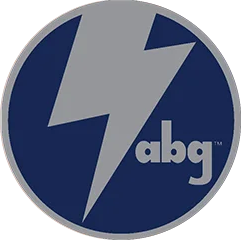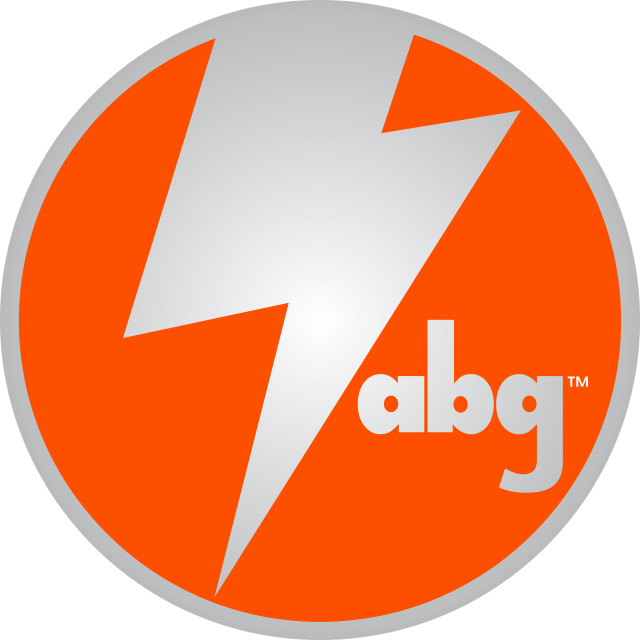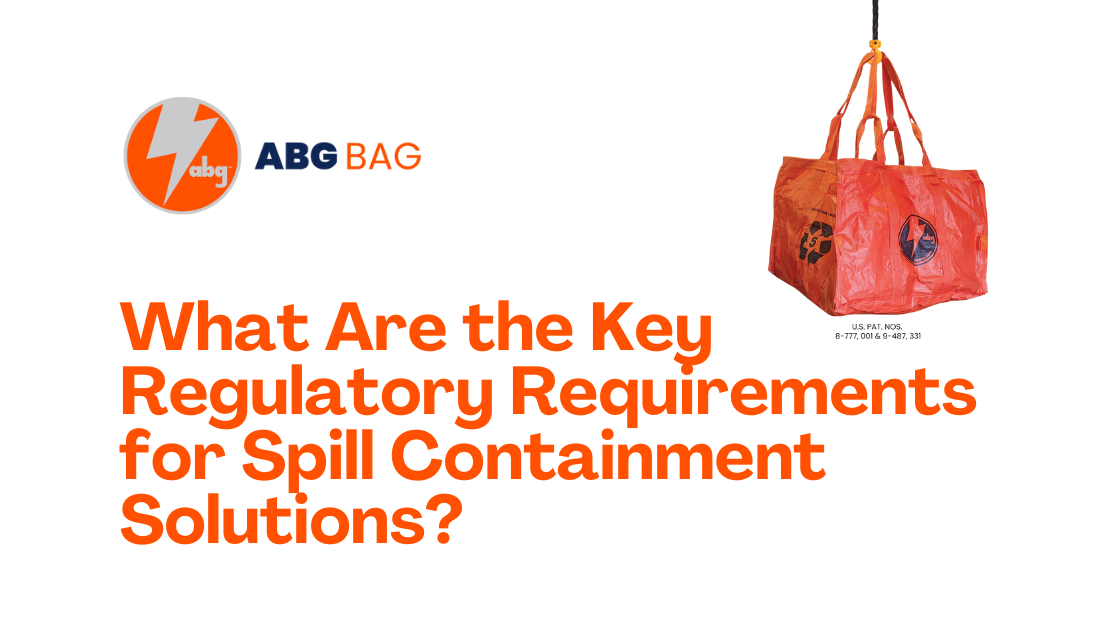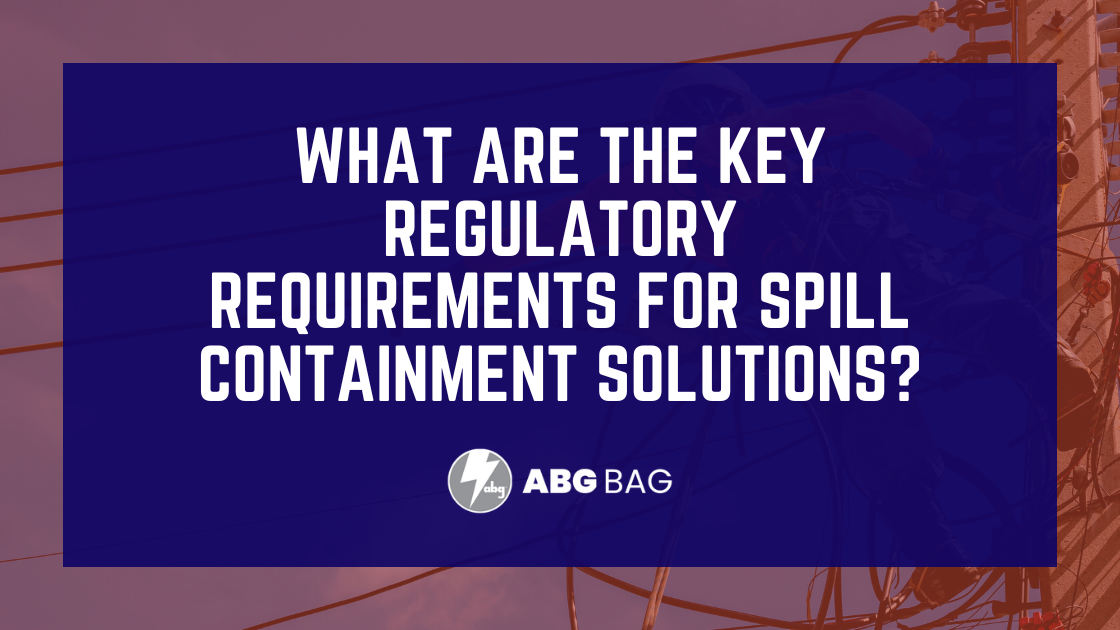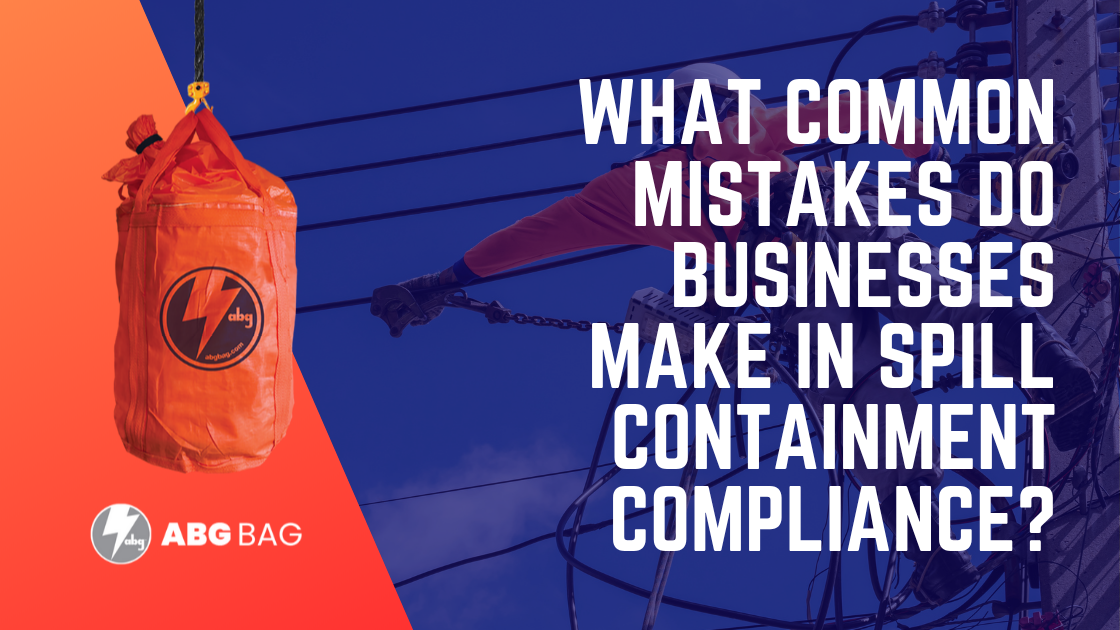
What Common Mistakes Do Businesses Make in Spill Containment Compliance?
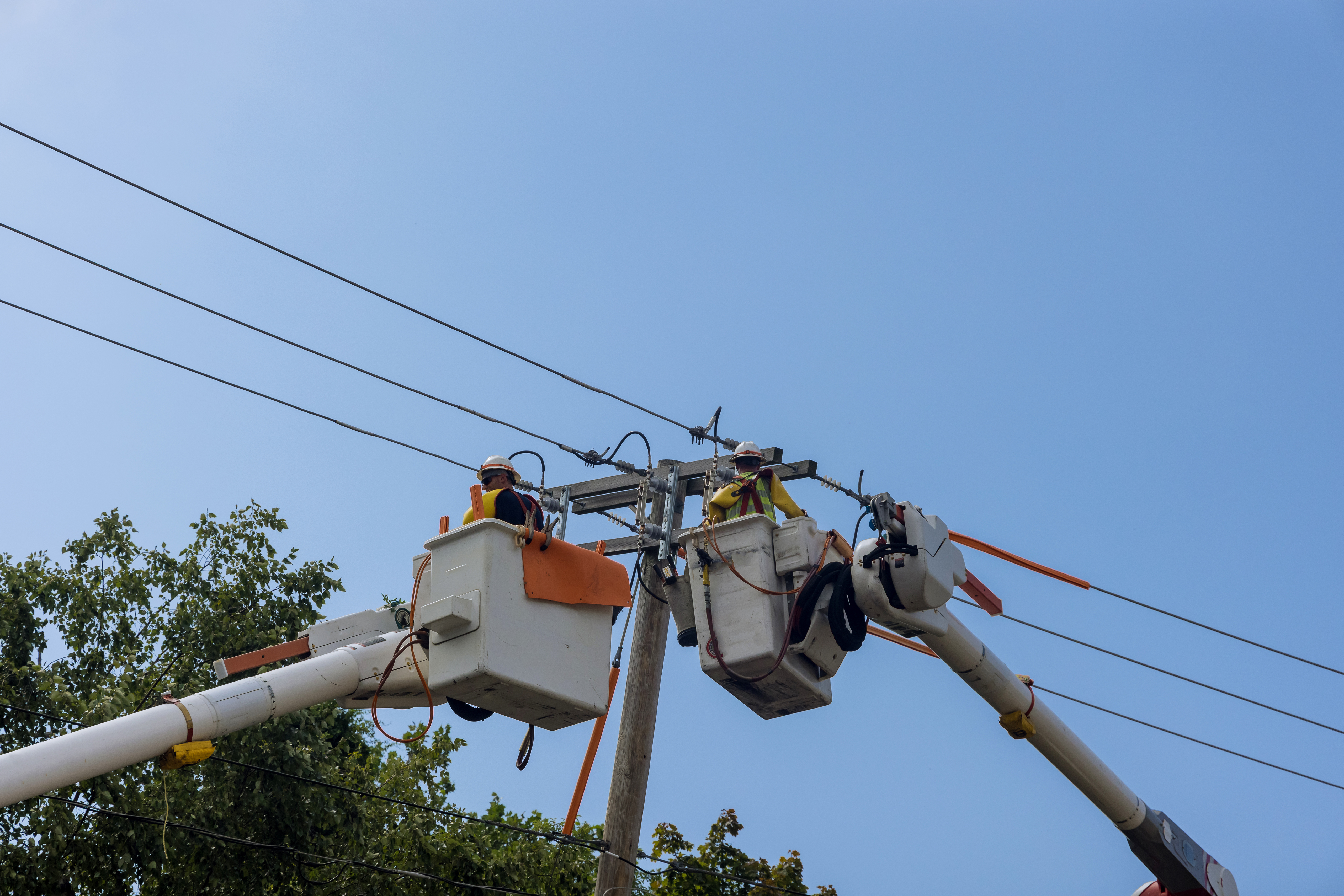
Spill containment compliance is a critical aspect of environmental safety and regulatory adherence for businesses handling hazardous materials. From utility companies managing transformers to industrial facilities storing chemicals, the proper use of containment solutions prevents leaks, protects employees, and ensures adherence to federal, state, and international regulations. However, many organizations make mistakes that undermine their containment programs, resulting in financial penalties, operational disruptions, and environmental harm.
Understanding these common errors is the first step toward strengthening your containment strategy. Incorporating DOT Containment Solutions, EPA Containment Solutions, and other specialized products can help businesses avoid pitfalls while ensuring robust protection for both people and the environment.
Overlooking Regulatory Differences
One of the most frequent mistakes is failing to distinguish between DOT and EPA requirements. DOT Containment Solutions and Transformer DOT Containment systems are designed specifically for transporting hazardous materials safely, including oil-filled transformers and other regulated equipment. They focus on leakproof design, impact resistance, and chemical compatibility during transit.
In contrast, EPA Containment Solutions, such as Transformer EPA Containment bags, spill pallets, and berms, are intended to prevent leaks and spills at stationary facilities. Many businesses assume that transport-ready containment automatically meets EPA standards for onsite storage, but these requirements are different. Misalignment between transport and facility containment can lead to regulatory violations and increased environmental risk.
Neglecting TSCA Requirements
Another common oversight involves TSCA containment solutions. Older transformers or equipment that contain or previously contained polychlorinated biphenyls (PCBs) are subject to strict TSCA regulations. Businesses sometimes fail to use properly certified containment products, risking chemical exposure, legal penalties, and environmental contamination. Selecting containment systems without verifying chemical resistance or proper compliance certification is a mistake that can have long-term repercussions.
Inadequate Product Selection
Businesses also often select containment products without considering the specific needs of their operations. For example, using a general-purpose bag instead of a purpose-built Transformer spill containment bag can lead to leaks or failures. Similarly, DOT hazmat containment bags or UN-compliant containment bags may be required for certain hazardous material transport scenarios but are sometimes substituted with insufficient alternatives.
Proper product selection should consider factors such as equipment size, fluid type, volume, transport method, and environmental exposure. Using the right utility spill containment products ensures both compliance and operational efficiency.
Failing to Maintain and Inspect Containment Systems
Even the best containment solutions are only effective if they are properly maintained. Businesses frequently neglect inspection protocols or defer maintenance, which can result in compromised hazardous material transport containment systems or Transformer EPA Containment setups. Cracks, leaks, or degraded materials can occur over time, especially in outdoor environments exposed to UV radiation, extreme temperatures, or mechanical wear.
Regular inspections, cleaning, and testing are essential to verify integrity and compliance. Without a routine maintenance schedule, companies risk environmental contamination and regulatory citations.
Improper Training and Deployment
Containment solutions are only effective when staff are trained in their proper use. Mistakes such as incorrect bag placement, overfilling secondary containment, or improper closure of DOT hazmat containment bags can lead to leaks or spills. Businesses sometimes assume employees intuitively understand containment procedures, leading to inconsistent deployment and increased risk.
Comprehensive training in spill response, proper handling, and deployment of containment products is crucial for compliance and safety. Employees should be familiar with both transport and facility containment requirements to minimize operational errors.
Ignoring Integrated Compliance Strategies
A major oversight occurs when businesses treat DOT, EPA, and TSCA standards in isolation rather than as part of a unified compliance strategy. For example, a transformer may be shipped using Transformer DOT Containment solutions, but upon arrival, it may be placed on inadequate onsite containment. Failing to integrate transport, storage, and maintenance compliance can leave gaps in regulatory adherence and environmental protection.
Organizations should adopt a holistic approach by combining DOT Containment Solutions, EPA Containment Solutions, TSCA containment solutions, and UN-compliant containment bags into a comprehensive spill containment program. This ensures full coverage throughout the equipment lifecycle—from transport to installation to maintenance.
Overlooking Documentation and Record-Keeping
Many compliance failures stem from insufficient documentation. Regulatory bodies expect accurate records of containment measures, inspections, employee training, and product certifications. Businesses that do not maintain these records risk fines, audits, and operational delays. Proper documentation ensures accountability and supports compliance verification during inspections or incident investigations.
The Cost of Non-Compliance
The consequences of mistakes in spill containment compliance are significant. Non-compliance can result in financial penalties, mandatory cleanup operations, operational disruptions, and reputational damage. Environmental contamination incidents can also have lasting effects on soil, groundwater, and ecosystems. Investing in proper containment products and training is not just a legal requirement—it’s a cost-saving and risk-reduction strategy.

Moving Toward Best Practices
To avoid these common mistakes, businesses should:
- Evaluate containment needs based on equipment type, fluid properties, and operational environment.
- Use certified products such as Transformer EPA Containment systems, Transformer DOT Containment solutions, and UN-compliant containment bags.
- Implement routine inspections and maintenance schedules for all containment equipment.
- Train employees thoroughly in deployment, handling, and regulatory requirements.
- Maintain accurate records to demonstrate compliance during audits or inspections.
For more comprehensive guidance, consult A Complete Guide To Regulatory Spill Containment Solutions, which outlines regulatory standards, product selection, and practical deployment strategies for utility and industrial operations.
Mistakes in spill containment compliance are often preventable but can carry serious consequences. Businesses that overlook regulatory distinctions, fail to maintain containment systems, neglect TSCA requirements, or under-train personnel expose themselves to environmental, legal, and operational risks.
By integrating DOT Containment Solutions, EPA Containment Solutions, TSCA containment solutions, and specialized utility spill containment products, companies can protect personnel, the environment, and their operations. Proactive compliance demonstrates corporate responsibility and ensures long-term operational success.
Call 800-758-8079 or send a message through the website to learn more about compliant containment solutions and best practices for your organization.
Do You Have Questions?
For inquiries about our products, order status, or any other information related to ABG, send us a message, and we will respond soon.
Sales & Customer Care
Product Questions



